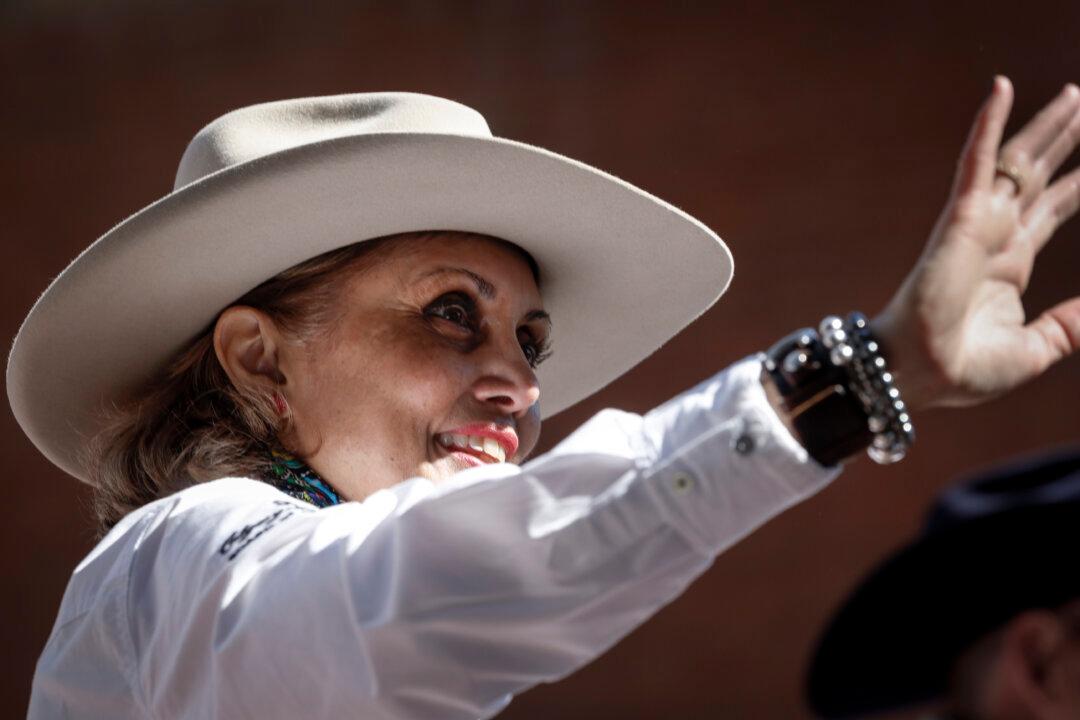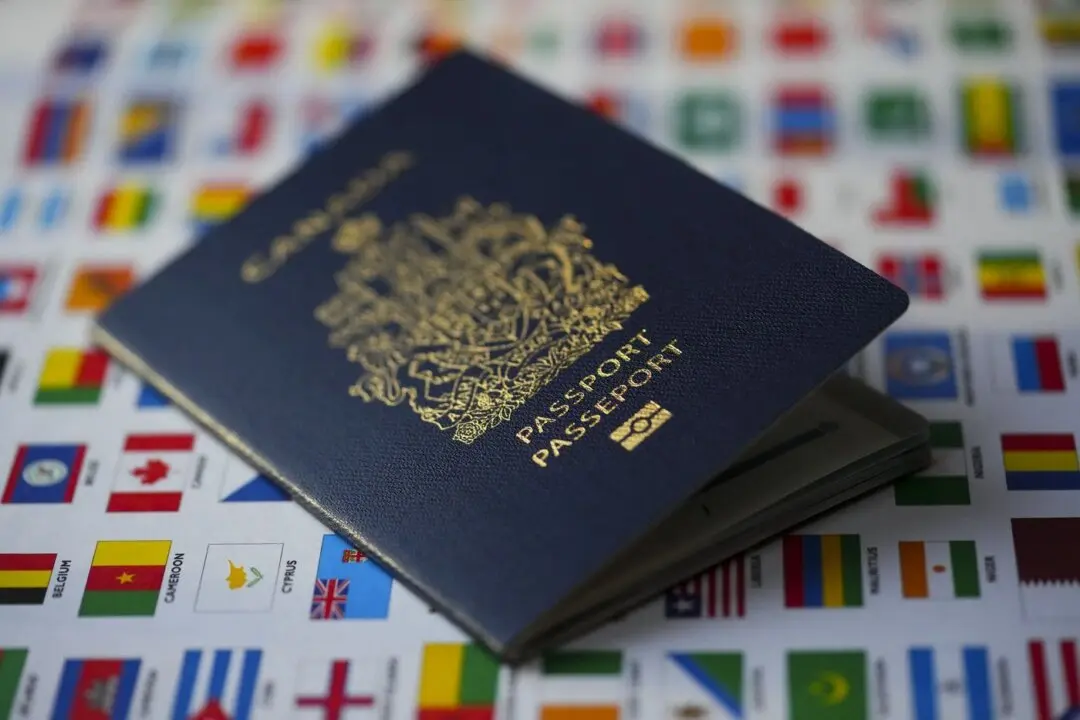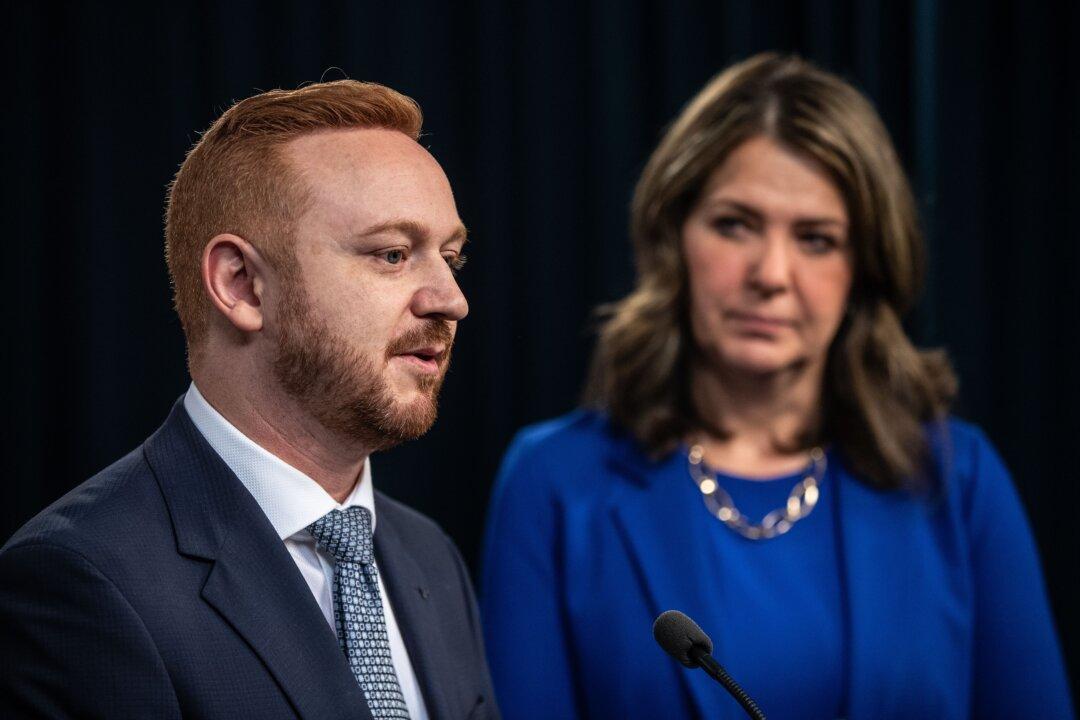Alberta’s recent decision to stop funding Calgary’s Green Line LRT project has met with criticism from the city, including from former Mayor Naheed Nenshi. But the province maintains that the revised council-approved plan is costing billions over budget and serving too few Calgarians.
Alberta Transportation Minister Devin Dreeshen wrote to Calgary Mayor Jyoti Gondek on Sept. 3 saying the provincial government can’t support the city’s latest plan. “For example, I note an approximate 40% reduction in the ridership while the total project cost has risen by about 14 percent,” he wrote, referring to a business case the city submitted to his department on Aug. 15 on phase one of the light-rail transit (LRT) project.





